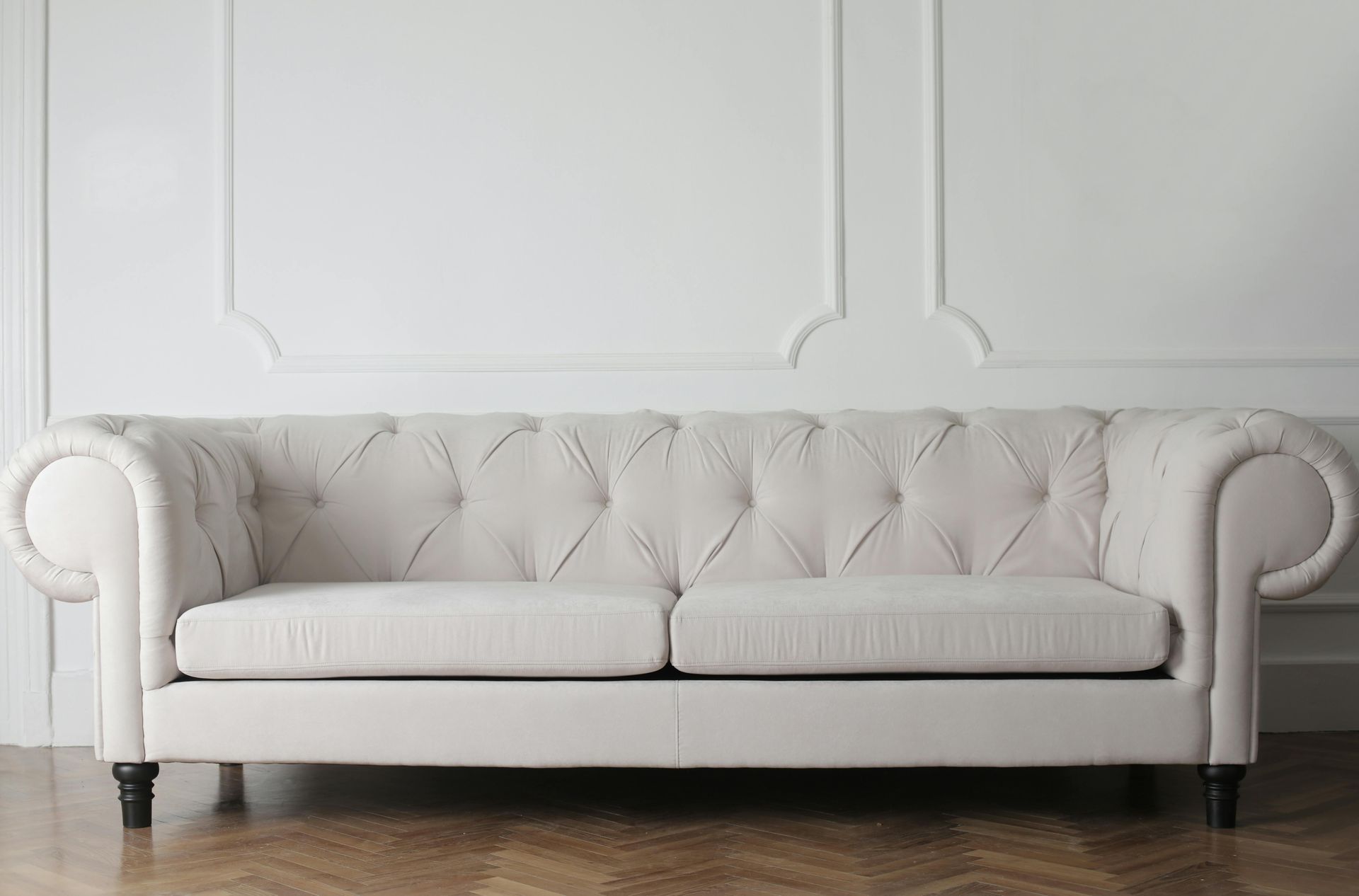UK Property Market Update - May
Navigating the 2024 UK Property Market: Insights, Trends, and Strategic Outlook
With a landscape shaped by cautious optimism and underscored by undeniable price sensitivity, the current market scenario beckons a closer examination. Drawing from a rich palette of recent reports and analyses, including those from Savills, Knight Frank, and the Bank of England, we embark on a journey to unravel the threads of market activity, buyer behaviour, and future trends. This exploration is not just about interpreting data; it's about understanding the undercurrents that shape our market decisions and strategies.
Market Recovery and Trends
The UK property market has shown notable recovery in early 2024. Initial exuberance has stabilized, and market activity has aligned closely with pre-pandemic levels. Regions such as the North East and North West have seen the most growth, with annual price increases of 2.3% and 1.6% respectively.
Key Points:
- Market Activity: Increased mortgage approvals and rising sales volumes have been significant since January 2024. According to the Bank of England, mortgage approvals in March reached their highest level in 18 months, indicating robust buyer interest.
- Regional Variations: While the North East and North West have experienced strong growth, regions like the South East and East of England have seen notable price declines. Rural areas such as Hastings and Thanet experienced significant price drops, highlighting the regional disparities in market performance.
Detailed Analysis:
The market recovery has been driven by several factors, including improving economic conditions and falling mortgage rates. Buyer confidence has surged as inflation dropped and GDP growth signaled a move out of recession. The North East, benefiting from affordability and new developments, has outpaced other regions in growth. Conversely, the South East, which saw significant price inflation during the pandemic, is now experiencing a correction.
House Prices
House prices have fluctuated since the start of 2024. While there was a slight annual growth of 1.6% by March, April saw a small decline of 0.4%, bringing the annual growth rate down to 0.6%.
Future Projections:
- Annual Growth: Expected to be around 2.5% for the rest of 2024, according to Savills’ latest forecasts.
- Regional Disparities: Continued positive growth in Scotland, while some southern regions may experience declines. This is driven by affordability constraints and varying economic conditions across regions.
Detailed Analysis:
The overall market stability masks significant regional differences. For instance, London continues to see higher demand for city-center properties as remote work trends stabilize. In contrast, rural and suburban areas that saw rapid price increases during the pandemic are now adjusting to more sustainable levels. This adjustment is crucial for maintaining long-term market health.
Mortgage Rates
Mortgage rates have been a significant factor influencing the market. Rates have decreased from their mid-2023 peaks, currently hovering around 4-5%. This reduction has boosted buyer confidence and market activity.
Key Points:
Current Rates: 4-5%, with potential further decreases expected as the Bank of England hints at possible base rate cuts later in the year.
Impact on Borrowers: Improved affordability and increased mortgage approvals have made it easier for buyers to enter the market. However, rates are still higher than the ultra-low levels seen during the pandemic.
Detailed Analysis:
The lowering of mortgage rates has had a substantial impact on buyer sentiment. Lower borrowing costs have made higher-priced homes more accessible, particularly in urban markets. However, the market remains sensitive to interest rate changes, with potential rate cuts by the Bank of England likely to further stimulate activity. Lenders have responded by offering more competitive products, which has helped sustain buyer interest.
Supply and Demand Dynamics
The supply of homes on the market has increased significantly, providing more options for buyers. However, affordability remains a concern due to higher mortgage rates compared to recent years.
Key Points:
- Increased Supply: The highest level since September 2020, driven by more sellers entering the market as conditions improve.
- Affordability Constraints: Despite increased supply, affordability remains a key issue for many buyers. The balance between supply and demand has led to downward pressure on prices, particularly in regions with high price growth during the pandemic.
Detailed Analysis:
The supply increase has been influenced by various factors, including an improved economic outlook and increased seller confidence. More homes on the market provide buyers with greater choice, but affordability constraints limit purchasing power. The widening gap between supply and demand has moderated price growth, which could be beneficial for long-term market stability.
Rental Market Overview
The rental market has seen a rise in average rents, with significant regional variations. The average UK rent has increased by 6.9% annually, with Scotland and the North East experiencing the highest growth.
Key Points:
- Rental Growth: Strong growth in Scotland (9.6%) and the North East (9.3%). This has been driven by high demand and limited supply in these regions.
- Affordability Issues: Rents are stabilizing in some regions, such as the East Midlands, where renters may be hitting an affordability ceiling. This stabilization is also seen in London, where rental growth has slowed due to high living costs.
Detailed Analysis:
Rental market dynamics reflect broader economic conditions. High demand in certain regions has driven up rents, but affordability constraints are becoming more pronounced. In cities like London, rental growth is slowing as renters face high living costs. This trend is likely to continue as economic pressures and affordability issues persist.
Economic Indicators and Their Impact
Improving economic conditions have positively influenced the property market. Inflation fell to 3.2% in March, and GDP growth in the first quarter of 2024 indicates that the UK has moved out of recession.
Key Points:
- Inflation and GDP: Positive indicators such as reduced inflation and GDP growth are contributing to market stability. The Bank of England’s cautious approach to base rate changes reflects these improvements.
- Bank of England Policies: The potential for rate cuts later in the year could further boost market activity by making borrowing cheaper and more accessible.
Detailed Analysis:
Economic indicators play a crucial role in shaping market sentiment. The reduction in inflation and positive GDP growth have boosted confidence among buyers and sellers alike. The Bank of England's policies, including potential rate cuts, are closely watched by market participants, as they have significant implications for mortgage rates and overall market activity.
Market Sentiment and Buyer Confidence
Market sentiment has improved significantly since the beginning of the year. This is reflected in increased buyer confidence and higher levels of market activity.
Key Points:
- Buyer Sentiment: Increased optimism among buyers has been driven by falling mortgage rates and improved economic conditions. According to a Dataloft by PriceHubble poll, almost two-thirds of agents report improved buyer confidence compared to three months ago.
- Market Activity: Higher levels of mortgage approvals and sales volumes indicate a more active market. However, the market remains sensitive to economic changes and mortgage rate fluctuations.
Detailed Analysis:
The improvement in buyer sentiment is a positive sign for the market. Increased confidence has led to higher activity levels, with more buyers entering the market. However, the market remains vulnerable to changes in economic conditions and mortgage rates, highlighting the need for ongoing monitoring and flexibility.
Prime Market Trends
The prime property market, which includes high-value properties, has shown mixed trends. While some regions have seen price decreases, others continue to experience growth.
Key Points:
- Price Trends: The average price of a prime property is £1,254,411, slightly down by 1.9% year-on-year. Regions such as the East Midlands and Yorkshire and the Humber are showing positive annual growth of 0.6% and 0.2%, respectively.
- Cash Buyers: There is a strong presence of cash buyers in the prime market, making up 35% of sales, which is higher than the previous year.
Detailed Analysis:
The prime market remains resilient despite broader market fluctuations. The presence of cash buyers indicates strong demand for high-value properties. Regional variations in prime market performance reflect differing economic conditions and buyer preferences. Continued monitoring of these trends is essential for understanding the overall market dynamics.
Conclusion
The UK property market in 2024 has shown resilience and recovery, with significant regional variations and ongoing affordability challenges. Willow Private Finance is here to help you navigate these conditions and make the best decisions for your property investments.










